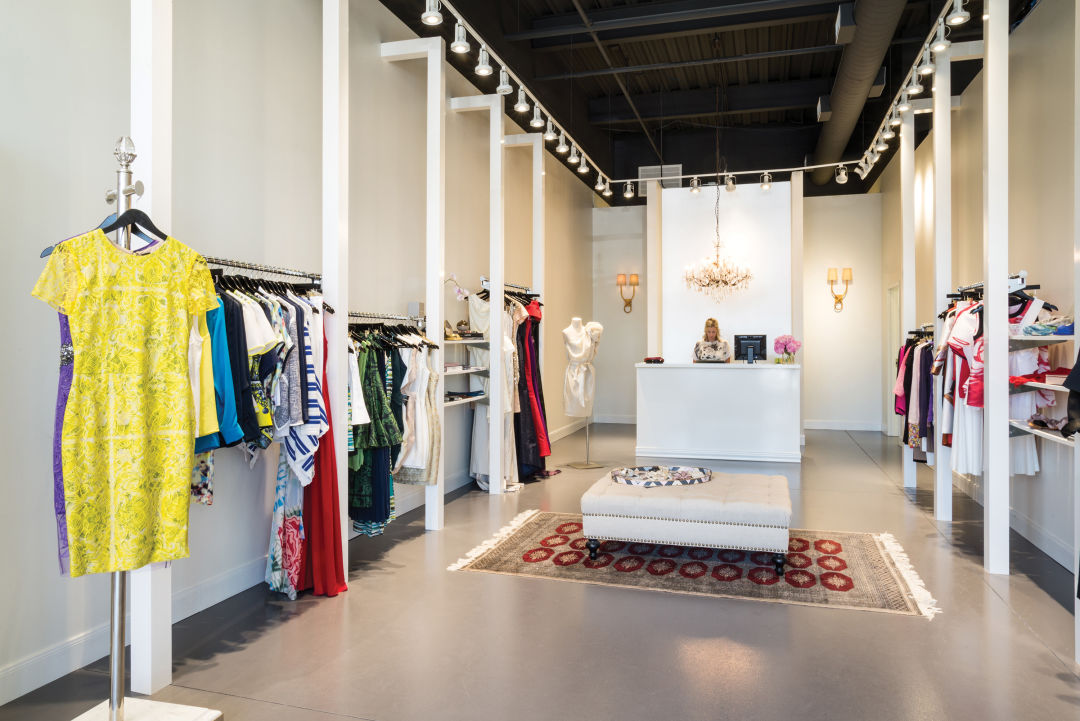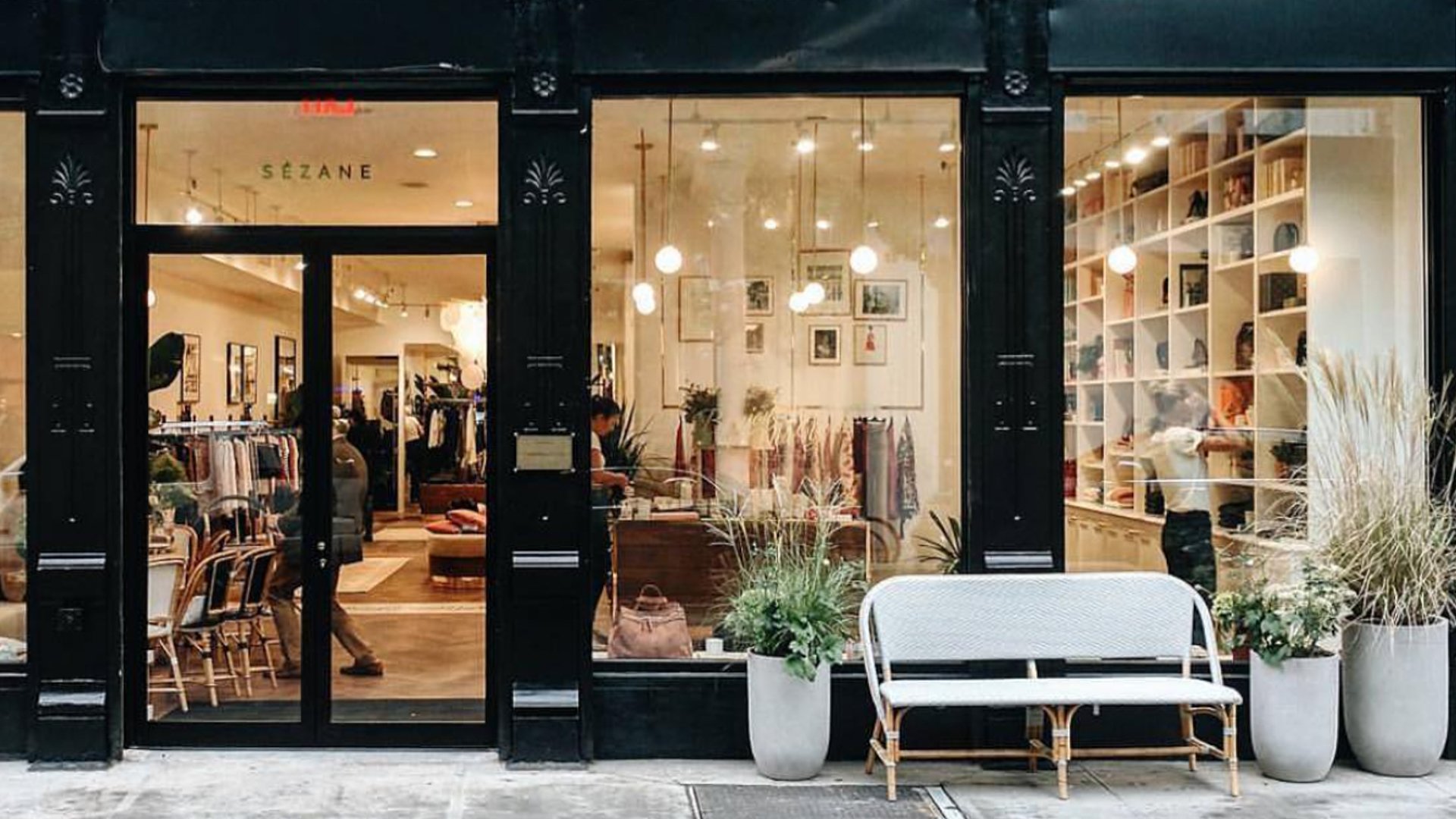The Reason Why Boutique Fashion is the Ultimate Choice for Unique Style
The Reason Why Boutique Fashion is the Ultimate Choice for Unique Style
Blog Article
A Deep Dive Into the World of High-Fashion Runways: Recognizing Clothes as Art
High-fashion paths have actually arised as sectors where garments transcends its utilitarian origins, developing right into a sophisticated kind of creative expression. Developers, similar to masterful artists, weave intricate narratives through form, fabric, and color, redefining and testing standard norms appeal requirements. These shows are much more than mere displays; they are immersive experiences, where every stitch and seam narrates rich with cultural importance and avant-garde development. As we explore these sartorial spectacles, we must contemplate: what function does fashion play in shaping social worths, and exactly how does it reflect the ever-changing tapestry of human feeling and identification?
The Evolution of Runway Shows
The trajectory of runway programs has changed considerably over the years, developing from unique market events to fascinating eyeglasses that blend style with art. Typically, path shows made love events, held in ateliers or little venues, mostly attended by purchasers and market insiders. These early discussions concentrated on the garments' craftsmanship and commercial practicality, offering a straight and sensible display screen of seasonal collections.
As the style sector increased, the nature of path programs started to transform. The 1970s and 1980s noted a transforming factor, with developers looking for to distinguish themselves with even more theatrical presentations.
Over the last few years, modern technology and social networks have actually further reinvented path shows, making them obtainable to a worldwide target market. Livestreaming and electronic systems have democratized fashion, allowing enthusiasts worldwide to witness these events in real-time (boutique fashion). This evolution reflects a broader social change, where high-fashion paths function as a dynamic crossway of efficiency, advancement, and style
Designers as Visionary Artists
How have developers transcended their functions to become visionary artists? Developers in the high-fashion market have obscured the lines between functional garment production and the theoretical realm of art. This makeover is noticeable in the method they approach their collections, not merely as apparel yet as profound expressions of society, emotion, and identification. By accepting creative disciplines such as sculpture, paint, and progressive installments, developers craft garments that challenge standard style standards and boost them to art forms.
Visionary developers attract motivation from a myriad of sources, including abstract art, historical recommendations, and individual stories. They have a distinct capability to envision and appear concepts that push the borders of traditional fashion, usually redefining visual paradigms at the same time. This imaginative ingenuity is showcased with dramatic shapes, cutting-edge materials, and elaborate craftsmanship, which invite viewers to experience style as greater than just wearable products.
In addition, the runway acts as a canvas for these artists, where lighting, songs, and established style coalesce to develop immersive experiences. These presentations are not just display screens of apparel yet are managed efficiencies that stimulate emotion and provoke thought, verifying the designer's duty as a real artist in the contemporary social landscape.
Cultural Impacts in Style
Cultural tapestry weaves its elaborate patterns into the material of style, influencing designers globally. The dynamic interchange of social tales, customs, and symbols notifies and influences collections that elegance high-fashion runways.
The impact of society on style is usually seen in the reinterpretation of typical garments and patterns. For circumstances, using Japanese robes, Indian saris, or African prints in modern fashion shows a blend of cultural credibility and modern looks. Developers such as Valentino's Pierpaolo Piccioli and Alexander McQueen's Sarah Burton have been understood to integrate rich cultural concepts right into their couture collections, equating background right into wearable art.

Advancement in Textile and Layout
Development in you could look here fabric and layout regularly reshapes the landscape of high-fashion, pushing limits and redefining opportunities. Developers are significantly exploring the assimilation of modern technology, such as 3D printing, which allows for the development of complicated frameworks that were formerly unbelievable.
The style industry is experiencing a rise in the use of environmentally friendly materials, obtained from recycled plastics, natural fibers, and even naturally degradable elements. Designers are embracing these materials to craft garments that are both visually striking and mindful of their environmental impact.
In terms of style, speculative kinds and progressive shapes are continuously transforming the path. By integrating sophisticated techniques and unusual products, developers cultivate garments that obscure the line in between style and art, setting new standards see this website for creative thinking and expression in the high-fashion sphere.
Impact of Fashion on Culture
Style possesses a profound impact on society, serving as both a representation of social identity and a catalyst for social adjustment (boutique fashion). With its development, style has actually mirrored social shifts, enveloping the zeitgeist of different periods.
Moreover, fashion has the power to bridge social spaces, cultivating he has a good point understanding and recognition amongst varied teams. As globalisation speeds up, the cross-cultural exchange of style concepts ends up being increasingly substantial, promoting inclusivity and variety. The surge of streetwear, stemming from city subcultures, illustrates just how fashion can go beyond socio-economic borders, providing people a method of self-expression and empowerment.
Essentially, style is not merely regarding looks; it is a dynamic pressure that affects values, mindsets, and societal progression (boutique fashion). By continually interacting with cultural and social currents, style continues to be an important component of the cumulative human experience

Conclusion
High-fashion paths act as dynamic arenas where apparel goes beyond performance to become a meaningful art kind. Designers, akin to visionary musicians, manage collections that show identity, feeling, and cultural stories, testing traditional aesthetic appeals. The blend of innovative textile and layout, coupled with fancy collection designs, lighting, and music, develops immersive experiences that celebrate multiculturalism. This intersection of fashion and creativity not just mesmerizes target markets around the world yet likewise influences social understandings and promotes a deeper recognition for social variety.

Social tapestry weaves its intricate patterns right into the textile of style, affecting designers internationally.Style possesses a profound influence on society, serving as both a reflection of social identity and a driver for social modification.
Report this page